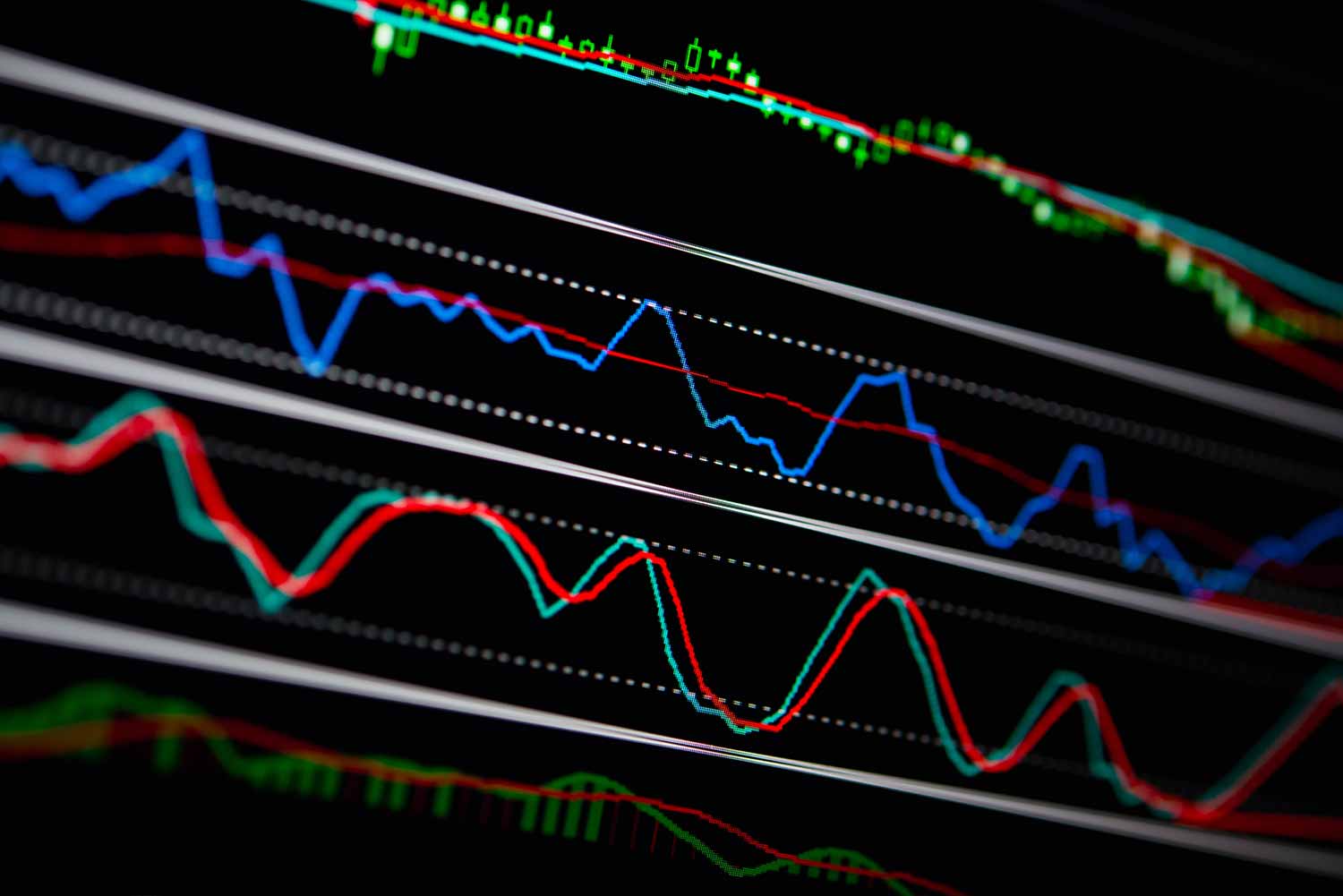As the USD/JPY exchange rate exhibits strong bullish momentum, recently testing the psychological level of 138.92, the currency market is carefully observing key indicators that could hint at the trajectory of this pair. Notably, prices already sit above the 50-day and 200-day moving averages, suggesting continued bullish momentum. The short-term question facing traders, however, is whether we’ll see a pullback to the 25% Fibonacci retracement level that could provide a platform for further gains, or whether prices will dip further to test the 38.2% level. The 50-day moving average, sitting at 137.284, may provide a robust support level. Alternatively, the market could continue its ascent, challenging the 139 range and potentially revisiting the November 2022 highs around 140. Yet, traders should be aware of the short-term bearish signal from the relative strength index and momentum lingering around the neutral line. The market’s trajectory between the 25% Fibonacci level and the 138.9 psychological level could prove decisive, with the 138.24 level possibly providing near-term support.
Turning our attention to the broader macroeconomic landscape, Japan’s economic recovery is noteworthy. Emerging from a recession and posting faster-than-expected growth in the first quarter of this year, the Japanese economy is showing strength, largely driven by a post-COVID consumption rebound. However, uncertainty looms with signs of slowdown in the US, Europe, and China, casting a shadow over Japan’s export-reliant economy and raising questions about the timing of the central bank’s stimulus withdrawal. This uncertainty is deepened by recent inflation figures, with the Bank of Japan’s preferred inflation gauge, the BoJ Core CPI, surpassing the 2% target, hitting 3%. This inflationary pressure, if sustained, could prompt a policy shift, potentially leading to a phase-out of the yield control curve policy rather than outright interest rate hikes. In this context, traders are speculating on the likelihood of the new Governor, Kazuo Ueda, making a policy shift that could further boost the yen. As such, the interplay of technical analysis and macroeconomic factors paints a picture of a currency market on the cusp of significant movements, warranting close monitoring and agile decision-making.
